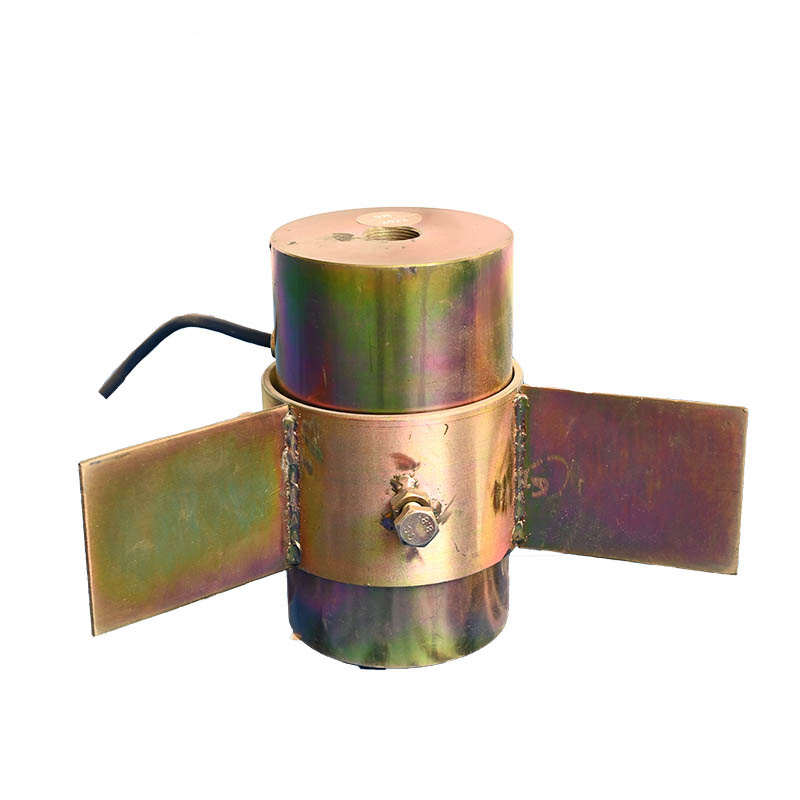Tianqiong Sensor IOT Technology Co., Ltd
Sales Manager:Ms. Emily Wang
Cel,Whatsapp,Wechat:+86 15898932201
Email:info@fengtutec.com
Add:No. 155 Optoelectronic Industry Accelerator, Gaoxin District, Weifang, Shandong, China

Sales Manager:Ms. Emily Wang
Cel,Whatsapp,Wechat:+86 15898932201
Email:info@fengtutec.com
Add:No. 155 Optoelectronic Industry Accelerator, Gaoxin District, Weifang, Shandong, China

Model:FT-ZL2
Brand:tianqiong
1.Introduction to Axial force meter
Axial force meter is a sensor used to measure structural load pressure based on changes in vibration frequency to reflect stress changes.This series of Axial force meter, also known as the reaction force meter, is a vibrating force sensor with high resolution, strong anti-interference performance, sensitive response to concentrated loads and stable performance.It can measure the reaction force of the base on the superstructure, the axial force of the steel support and the load during the static pile experiment for a long time.If a temperature sensor is installed, the temperature of the installation point can be measured simultaneously.
2.Axial force meter application scenarios
Bridges, tunnels, rail transit, buildings, highways
3.Features of Axial force meter
1.Use imported steel strings, stable temperature performance and long service life
2.Built-in temperature sensor for easy temperature compensation
3.All main components are subject to special surface treatment process, suitable for use in harsh environments
4.High discrimination rate, strong anti-interference ability, and sensitive to concentrated loads
4.Technical parameters of Axial force meter
Range: 1000kN, 2000kN, 3000kN, 4000kN, 5000kN, 6000kN
Resolution: 0.1%FS
Operating temperature: -20℃~+60℃
Temperature measurement accuracy: ±0.5℃
When traditional mechanical weather stations monitor wind speed and direction, they encounter a difficult problem. The wind speed sensor usually consists of wind cups and an axis, and the wind direction sensor relies on mechanical components such as a wind vane. When these mechanical components are...
An ultrasonic weather station is a modern meteorological monitoring device designed based on the principles of ultrasonics. It measures atmospheric parameters to provide real-time and accurate weather data for environmental monitoring, agriculture, urban management, and other fields. Compared to tra...
While traditional environmental air quality monitoring stations (national and provincial control points) provide accurate data with legal validity, their high construction and operational costs result in insufficient spatial distribution density. This sparse layout primarily serves regional macro ai...
As the name suggests, an air quality sensor monitors carbon monoxide (CO), sulfur dioxide (SO₂), nitrogen dioxide (NO₂), and ozone (O₃). CO mainly comes from incomplete combustion of fuels, such as automobile exhaust and industrial waste gas emissions. SO₂ is mostly produced by the combustion of...